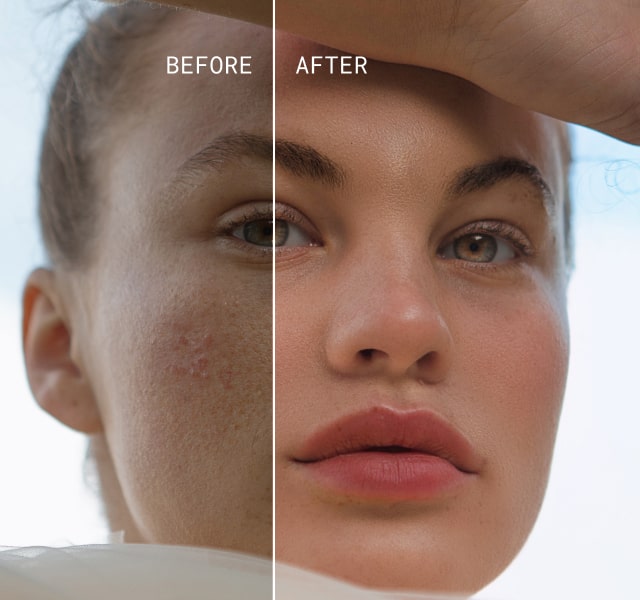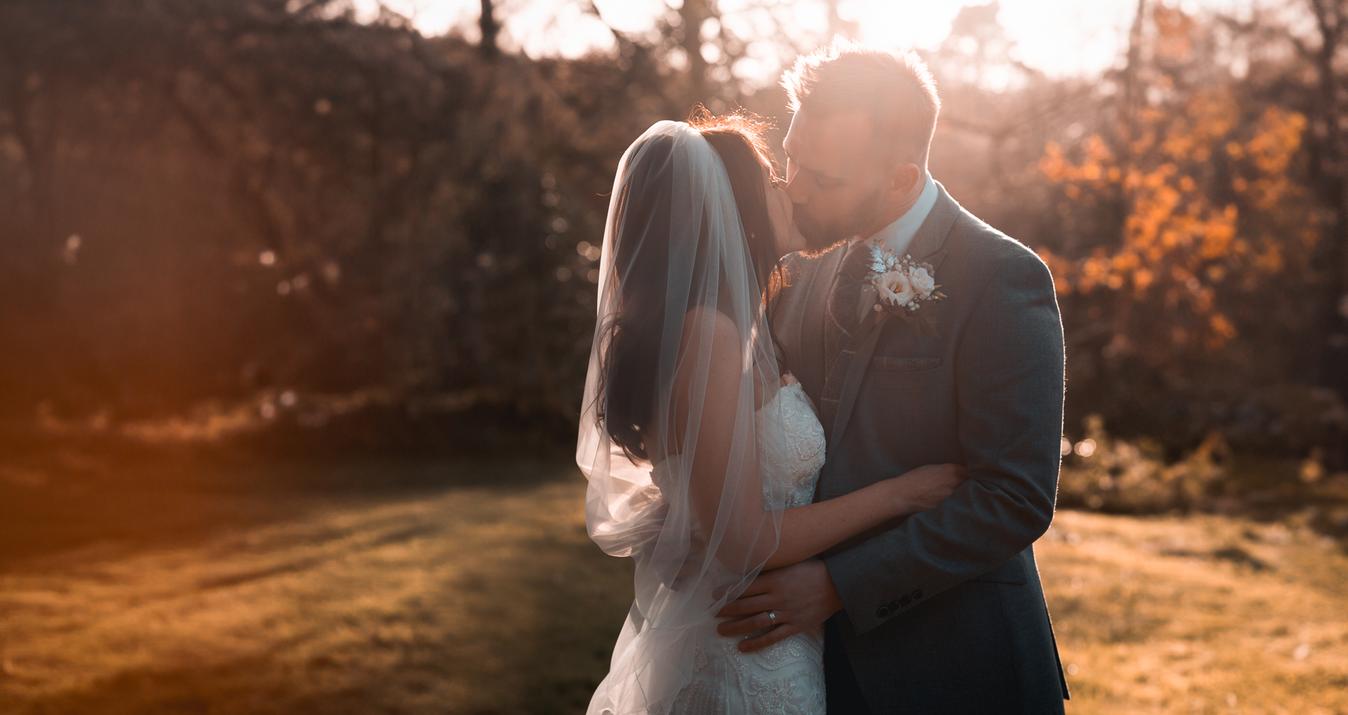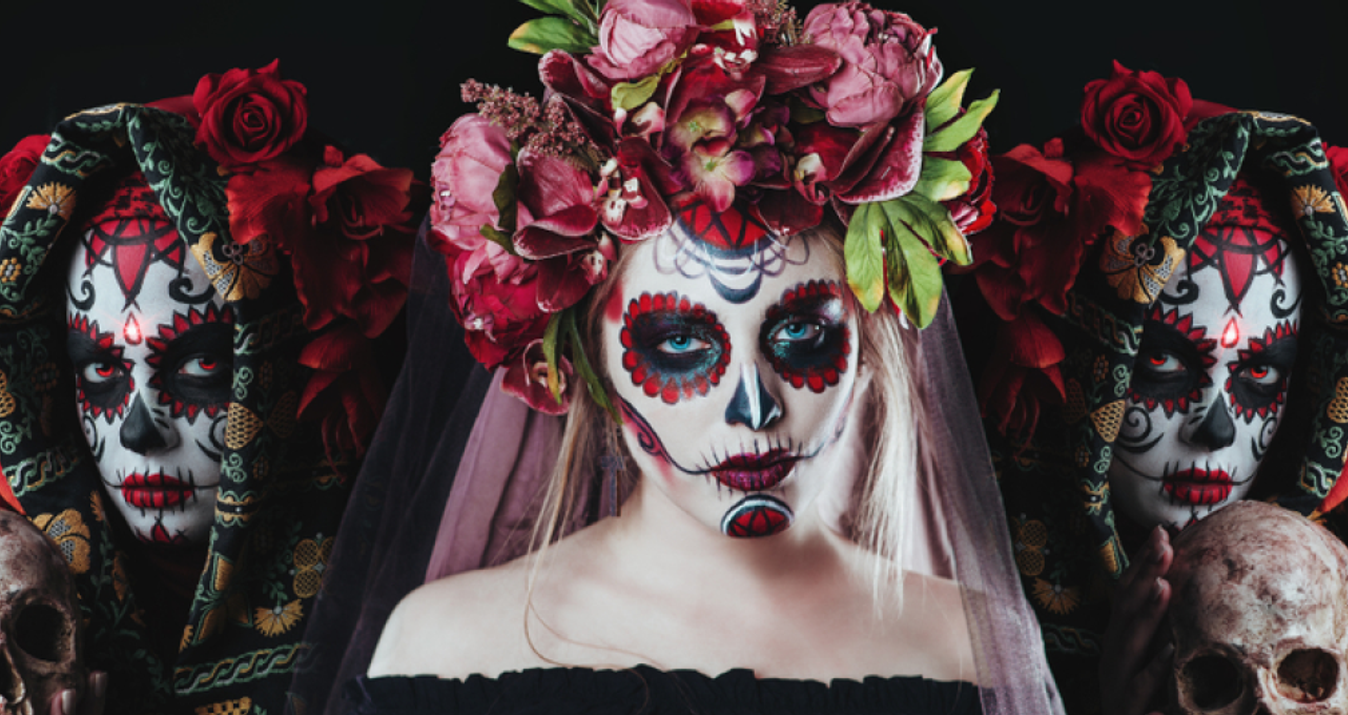Posing Techniques For Professional Headshots: Look Your Best
March 07, 2025
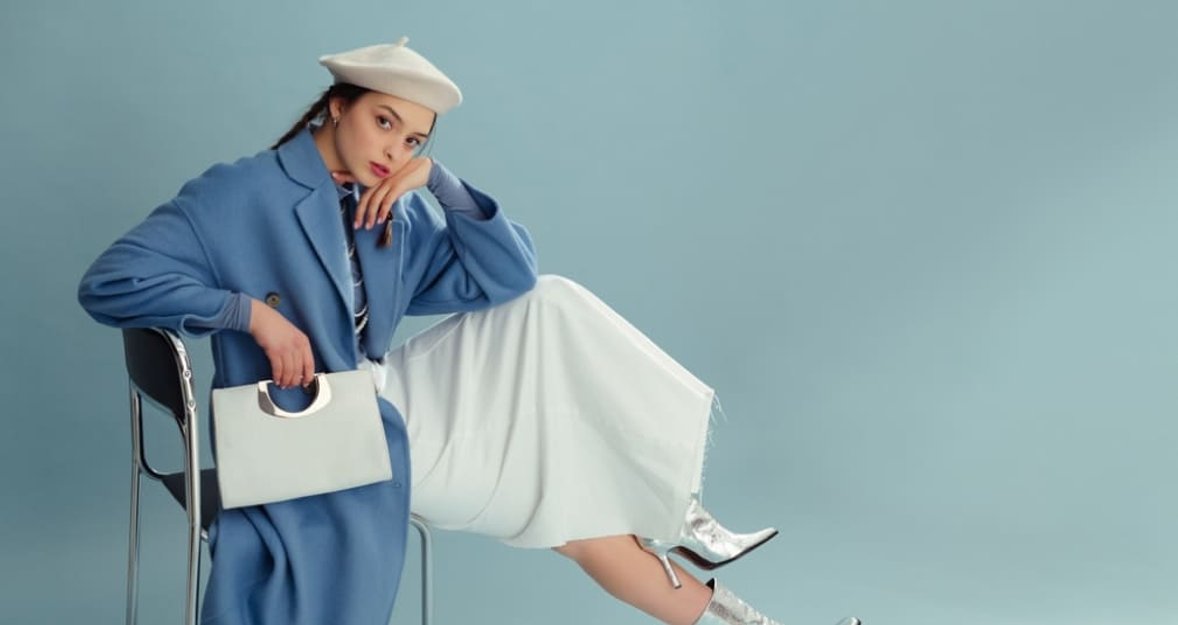
A professional headshot is more than just a photo. It’s a representation of your personal brand. Whether for business, social media, or professional networking, the right pose enhances confidence, approachability, and competence. Mastering how to place your body, play with facial expressions, and work angles can make all the difference.
This guide covers essential posing techniques to help you achieve a polished, professional look.
1. Maintain Good Posture
 Posture is the basic requirement for a fit and confident-looking picture. Keep your back straight, shoulders relaxed, and chest outwards. Slouching will make you look unprofessional or disengaged. Being slightly forward towards the camera makes you approachable, and it will result in a more engaging headshot. Distribute your weight to maintain a balanced stance, but do not make stiff or unnatural positioning.
Posture is the basic requirement for a fit and confident-looking picture. Keep your back straight, shoulders relaxed, and chest outwards. Slouching will make you look unprofessional or disengaged. Being slightly forward towards the camera makes you approachable, and it will result in a more engaging headshot. Distribute your weight to maintain a balanced stance, but do not make stiff or unnatural positioning.
2. Position Your Head and Chin
 One of the most important tips for professional headshots is controlling your chin placement. Slightly press down your chin and move it further forward, which will outline your jawline.
One of the most important tips for professional headshots is controlling your chin placement. Slightly press down your chin and move it further forward, which will outline your jawline.
Such a head position can give it dimension without making it look too stiff. Try subtle angles to see what works best for you. Double chins can be avoided by lengthening the neck ever so slightly. A little forward lean with an extended neck will get a crisp jawline.
3. Use Natural and Relaxed Expressions
 Expressions should be warm and inviting. Avoid forced smiles or overly serious looks. A natural smile and slight eye wrinkling imply friendliness and self-assurance.
Expressions should be warm and inviting. Avoid forced smiles or overly serious looks. A natural smile and slight eye wrinkling imply friendliness and self-assurance.
Do practice in front of the mirror to capture one expression that would be the most relaxed and easygoing for you. Try various expressions, ranging from a soft, closed-mouth smile to a broader one, depending on the message you want to convey. If nervous, take a few deep breaths to relax your facial muscles before the shoot.
4. Find the Right Angle
 The angle you face may just make all the difference in that headshot photo. While facing the camera directly shows authority, slightly turning the head adds depth and character. There are people it works for, so try head angles to find your best fit. A three-quarter turn is most times flattering and doesn’t get flat while you’re still on with the lens.
The angle you face may just make all the difference in that headshot photo. While facing the camera directly shows authority, slightly turning the head adds depth and character. There are people it works for, so try head angles to find your best fit. A three-quarter turn is most times flattering and doesn’t get flat while you’re still on with the lens.
For a deeper understanding of body positioning, check out How to Pose and Angle the Body for Better Portraits.
5. Choose the Best Shoulder Position
 Instead of having the shoulders squared to the camera, a slight rotation creates a much more natural, flattering look. Place one shoulder closer to the camera for dynamic effect.
Instead of having the shoulders squared to the camera, a slight rotation creates a much more natural, flattering look. Place one shoulder closer to the camera for dynamic effect.
This technique is commonly used in business headshot poses to create a balanced and professional composition. Too much angling will make it appear unnatural or contrived; instead, do it subtly for that professional yet friendly stance.
6. Control Your Hands and Arms
 While headshots mainly deal with the face, whatever hands and arms are visible should be posed. Arms should be relaxed at the sides or lightly crossed to show professionalism.
While headshots mainly deal with the face, whatever hands and arms are visible should be posed. Arms should be relaxed at the sides or lightly crossed to show professionalism.
Avoid having hands too close to the face unless done intentionally for a style. If one is going to cross their arms, they need to keep their hands loose, not clenched. Another natural alternative would be resting the hands on the lap or, in light touch, touching the side of the waist for a poised pose.
7. Optimize Lighting and Angles
 Good lighting brings up the feature but subdues the shadow. Stand in soft, even light to avoid jarring contrasts. Natural light from a window or professional portrait studio lighting gives an agreeable veneer.
Good lighting brings up the feature but subdues the shadow. Stand in soft, even light to avoid jarring contrasts. Natural light from a window or professional portrait studio lighting gives an agreeable veneer.
Overhead lighting is unflattering since it gives dark circles around the eyes and chin. Side lighting can add depth, and a reflector will soften the harshest shadows.
8. Experiment with Different Poses
 Get some inspiration from professional headshot ideas to inspire a look that works for you and your industry. A straightforward, neutral pose will suit corporate situations, while something a bit relaxed, such as a candid shot, can be great for creative fields.
Get some inspiration from professional headshot ideas to inspire a look that works for you and your industry. A straightforward, neutral pose will suit corporate situations, while something a bit relaxed, such as a candid shot, can be great for creative fields.
Testing multiple poses ensures you find the most suitable option for your needs. Try formal and informal postures to see what best describes you and your character for the field.
9. Pay Attention to Clothing and Accessories
 What you are wearing will impact your pose. Try to avoid too bright of patterns or anything that might be distracting from your face. Stick with solid colors that complement your skin tone and the expectations of your industry.
What you are wearing will impact your pose. Try to avoid too bright of patterns or anything that might be distracting from your face. Stick with solid colors that complement your skin tone and the expectations of your industry.
Jewelry should be at a minimum, and accessories should not distract from your expression. Properly fitted clothes guarantee a polished look. Loose or too-tight outfits distort body posture in the final image.
Additionally, even with the perfect outfit, your look may need a final touch. If needed, you can always put makeup on a photo during the editing process to enhance features and achieve a refined, professional result.
10. Maintain a Confident and Approachable Demeanor
 Confidence is important in the best poses for professional headshots. Remain relaxed with direct eye contact, engagingly interacting with your camera. Any tense expression will only give tension to the pictures and show an awkward self.
Confidence is important in the best poses for professional headshots. Remain relaxed with direct eye contact, engagingly interacting with your camera. Any tense expression will only give tension to the pictures and show an awkward self.
Try not to have rigid limbs that give any signal of distress. Take in natural breaths and imagine positive or confident things, as such will evoke feelings of ease during photo sessions.
11. Utilize Subtle Movements for a More Dynamic Shot
 Small movements make your headshots look natural and alive. It could be a shift in weight, micro-expression, or even a slight tilt of the head. These little changes keep the rigidity at bay and make for an organic headshot. A slight gaze shift away and then back to the lens brings in a level of authenticity.
Small movements make your headshots look natural and alive. It could be a shift in weight, micro-expression, or even a slight tilt of the head. These little changes keep the rigidity at bay and make for an organic headshot. A slight gaze shift away and then back to the lens brings in a level of authenticity.
12. Final Adjustments and Refinements
Before the photo is taken, take a moment to adjust your posture, check your expression, and refine your positioning. Sometimes, small changes make all the difference. Work with a photographer to go over test shots, adjusting when needed. If a certain pose isn’t working, adjust it and try different angles until you like the shot’s framing best. Early review saves time and trouble from excessive retouching.
13. Practice and Prepare Ahead of Time
If you are new to posing, practice in front of your mirror before the photoshoot. Use your phone to take test shots and see which angles look better. Seeing yourself in different positions helps you get comfortable and builds confidence. Watching videos or getting help from a professional coach refine your posing. The more you practice, the more natural your poses appear during the shoot.
14. Work with a Professional Photographer
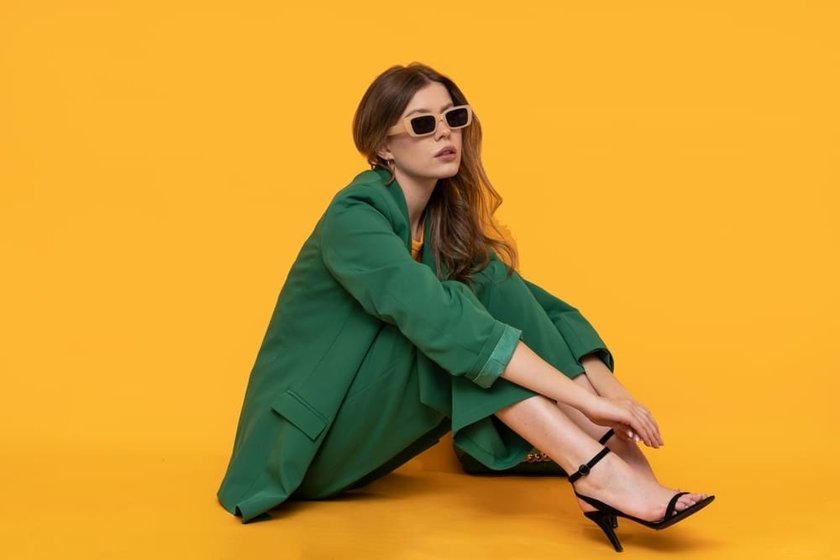
A skilled photographer provides guidance on posing, angles, and lighting to enhance your overall look. Communicate your goals and preferred styles beforehand. If possible, review reference images together to ensure alignment with your vision. Professionals also understand how to direct subtle movements that enhance your final headshot.
15. Consider Your Background and Environment
The background in your headshot is everything in a setup. Go for a clean, neutral background that will never cause any diversion to your face and pose. Use simple backgrounds with no clutter whatsoever, like plain walls or natural outdoor settings.
Indoor shooting inside so that no distractions would be behind your back. While outdoors, consider light and scenery, which would enhance an individual’s appearance. A good choice of background will enhance your picture and draw all the attention to you.
Wrapping Up
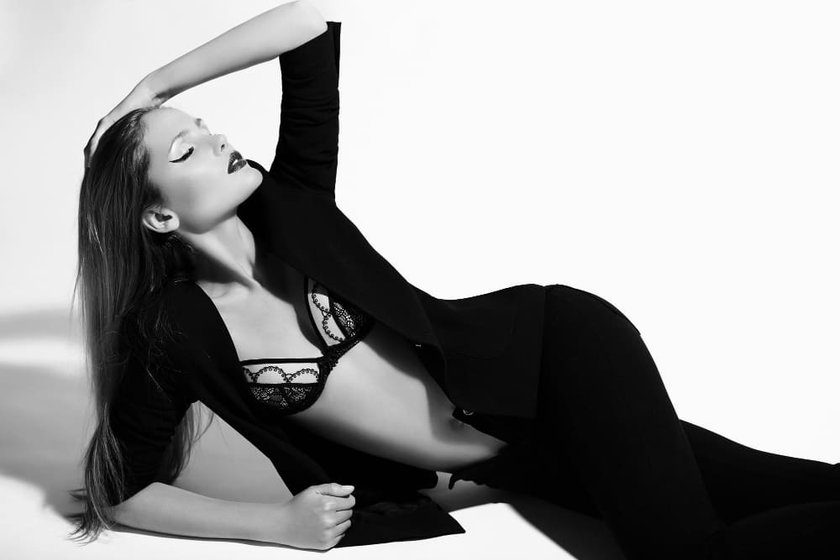
Mastering posing techniques for professional headshots can significantly enhance your personal brand. The attentiveness to posture, facial expressions, and body angles will exude confidence, approachability, and polish. Of course, there is also a professional photographer, amazing lighting, and a well-conceptualized background.
Be prepared: practice in front of the mirror, work on your pose, and collaborate with your photographer for the best result. Learning how to pose for a good headshot can make all the difference in showcasing your professionalism and confidence.
